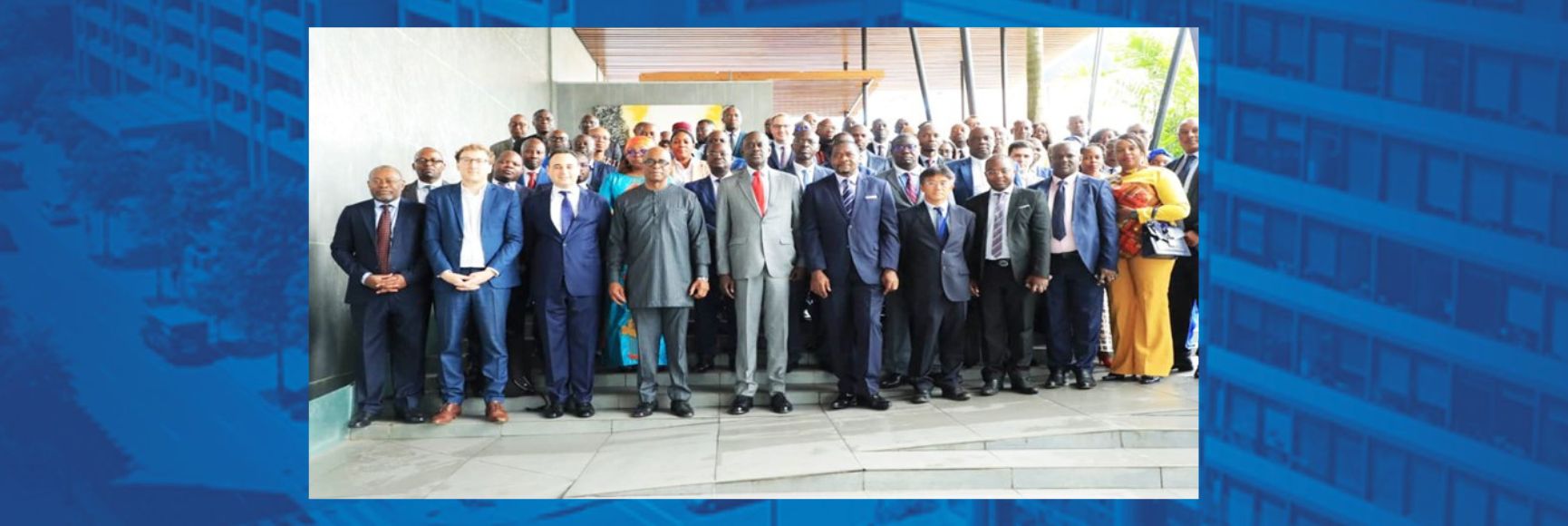
Posted by Mercedes Garcia-Escribano and Chadi Abdallah[1]
Amidst the COVID-19 pandemic, some countries are considering nominal pay cuts for government employees to facilitate the financing of emergency spending. Spending needs in the health sector and in support of households and firms are at all-time high. Meanwhile, preexisting high public debt levels and large decreases in tax revenues due to the economic impact of COVID-19 are limiting the ability of many governments to finance the required increase in such expenditure. Given this constraint, some governments—as IMF notes—are turning to cuts in government pay as an expenditure reshuffling to help finance the emergency spending response.
Examples of countries that have announced pay cuts for some groups of government employees are:
- Paraguay with cuts of 10 and 20 percent to government salaries exceeding five and ten times the minimum wage, respectively.
- Uruguay with an up to 20 percent reduction to salaries of better-paid public officials with savings directed to the newly established Coronavirus Fund.
- San Marino with a reduction in public sector pay to help finance the spending needs in the health sector.
- Burkina Faso with mandatory actions to donate portions of the salaries of some employees to finance the response to the crisis.
- Belize and Costa Rica suspending all planned incremental salary increases.
- Vietnam’s proposal to delay of base salary increases for civil servants is being discussed at the National Assembly.
Why the focus on compensation of government employees?
- Creating fiscal space. The government wage bill represents a large share (on average, about one-fifth) of total spending. IMF, 2016 shows that wage adjustments can yield quick fiscal relief, having often contributed to past fiscal consolidation efforts. This said, reforms are country specific, and adjusting compensation may not always be an option. Such is the case, for instance, for countries that recently underwent prolonged wage freezes or where the public-private wage premium is initially small, non-existent, or negative.
- Retaining the employment link. Compensation cuts compared to employment separation can provide short-term decreases in government wage spending, while retaining the link between employees and the government. This can be crucial given the temporary nature of the expenditure spending response.
- Sharing the burden. Unlike private wages, government wages do not decrease during economic downturns (IMF, 2016). From this perspective of equity, nominal wage cuts—especially in the current context of this crisis—could be motivated by the need for social solidarity and burden sharing in the short-term.
Several issues need to be considered when designing and implementing cuts to government pay.
- Progressive (with reductions varying with compensation levels): Equity considerations point to highly-paid public employees taking on a higher share of the burden, while lower-paid public employees could be fully shielded from any compensation cuts to avoid inadvertently creating poverty.
- Targeted coverage (by excluding employees of priority sectors): Public employees in some sectors regardless of their income being excluded from the adjustment to the salaries if they are involved, either directly or indirectly, in the response to the crisis. This includes, for example, employees in the health sector.
- Temporary and consistent with the underlying legal and institutional framework: Political and public support for cuts in compensation can be reinforced by emphasizing their temporary nature, including through legal assurances to that effect. Salary cuts should be consistent with the underlying legal framework to avoid future obligations in the form of wage arrears. Likewise, it is important to ensure that the institutional framework is adequate for implementing the wage adjustment.
Communication, transparency and accountability are equally important to ensure the success of this emergency and temporary measure.
A clear public communications campaign, with consistent messaging, that outlines why they are needed and that effectively paves the way for their reversal.
Transparency and public accountability in the implementation of pay cuts to ensure they achieve their intended objectives. This can be done by transparently reporting how the savings from the measures will be spent, and by monitoring how they are being spent.
This article is part of a series related to the Coronavirus Crisis. All of our articles covering the topic can be found on our PFM Blog Coronavirus Articles page.
[1] Mercedes Garcia-Escribano is a Deputy Division Chief, and Chadi Abdallah an Economist in the IMF’s Fiscal Affairs Department.
Note: The posts on the IMF PFM Blog should not be reported as representing the views of the IMF. The views expressed are those of the authors and do not necessarily represent those of the IMF or IMF policy.





